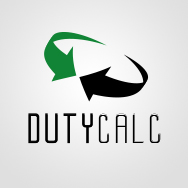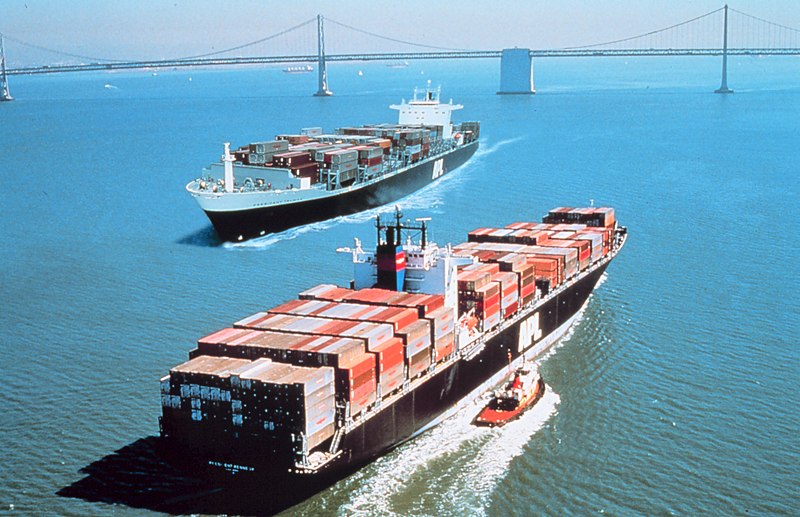Customs Duties vs. Taxes vs. Tariffs
Duty Drawback Software | Import Export Consulting | Processing Filing | Full Service
What is Drawback
Contact Us
Import and export businesses have to deal with so many more rules and regulations than domestic businesses. The intricacies can be hard to understand for new businesses but that is why we are here to help. Today we are going to review some of the most important terms that often get confused. Today we will point out the differences between customs duties, taxes, and tariffs.
According to the U.S. Customs and Border Protection a customs duty is a tariff or tax imposed on goods when transported across international borders. The reason there are customs duties is to protect each country’s economy, residents, jobs, environment, etc., by controlling the flow of goods, especially restrictive and prohibited goods, into and out of the country. Customs duties are based on product characteristics. Anytime you import a product into a country, you will incur a duty fee. These fees are fixed by the government to determine how freely a product can be let into the country.
Taxes are fixed and calculated on the total value of the product imported into the country. Import taxes are based on the standard percentage, defined by the government, of additional cost added to any imported product coming into the country. Some countries call it a Value Added Tax (VAT). Taxes and procedures vary across markets and regions.
Tariffs are most commonly confused with duties. To clarify, tariffs are fees applied to specific products from specific countries for specific times. Tariffs can be changed quickly and are determined by the whim of the government. Governments determine tariffs based on how they want to impose restrictions from certain foreign countries. Right now, the U.S., Mexico, and Canada have a trade agreement (USMCA) that states that there are no tariffs. But with China there is a blanket tariff given to any products imported into the U.S.
Understanding the different terminology is a huge part of running a successful import or export business. Use this information and these explanations to help educate yourself on what each term means to your business. If you have questions please reach out to your experts here at Duty Calc.




